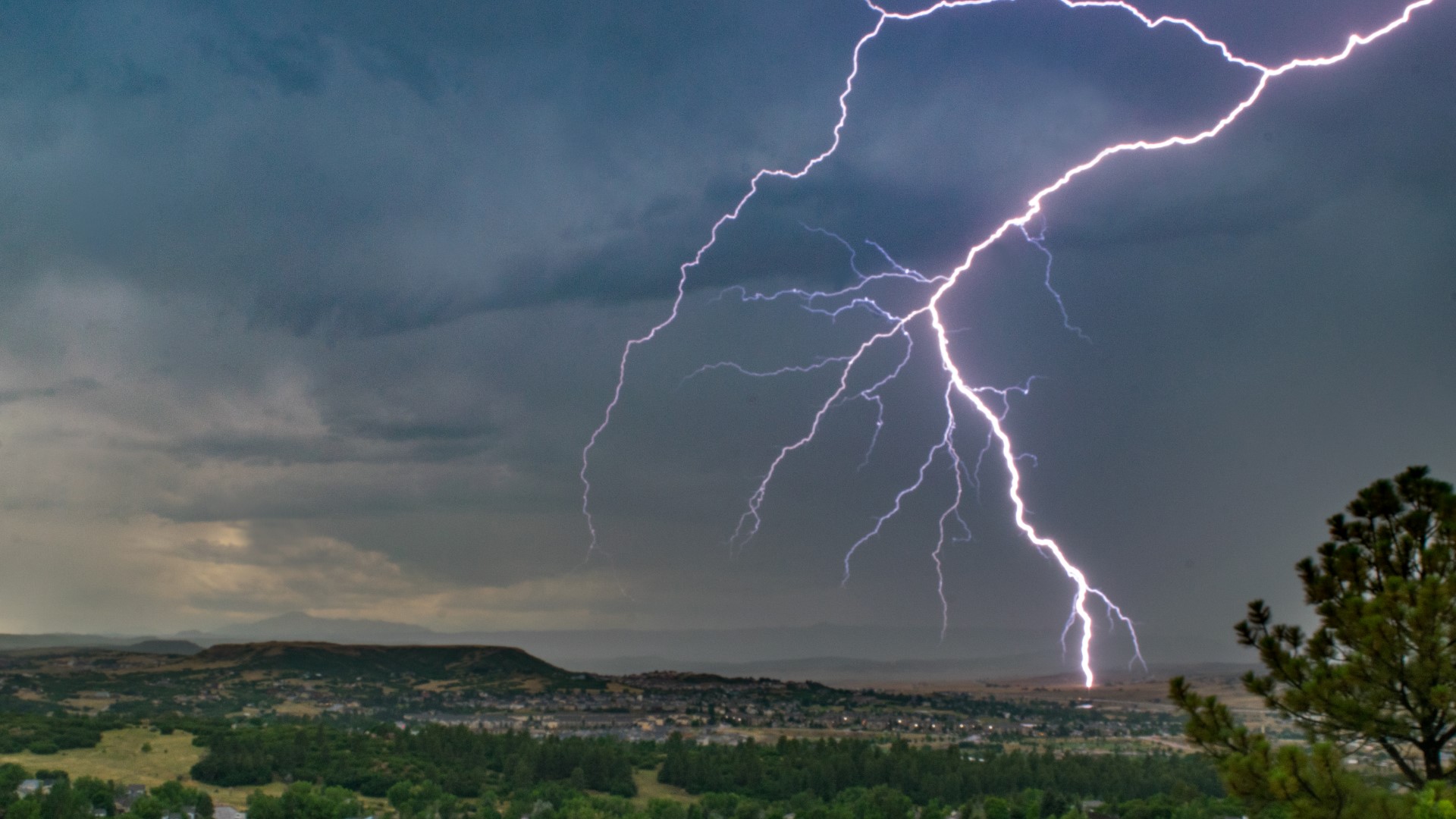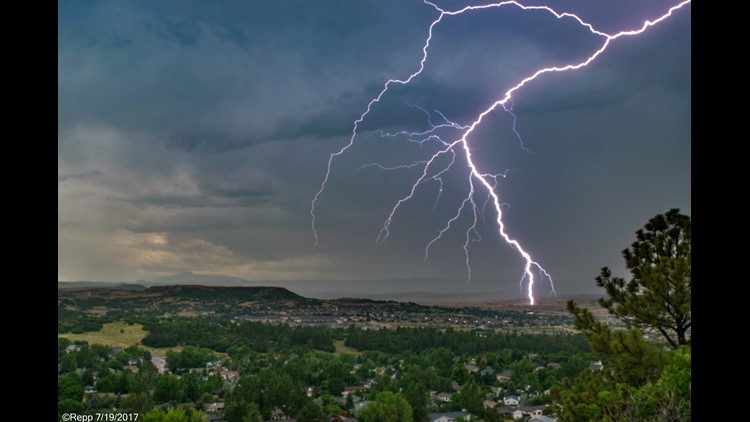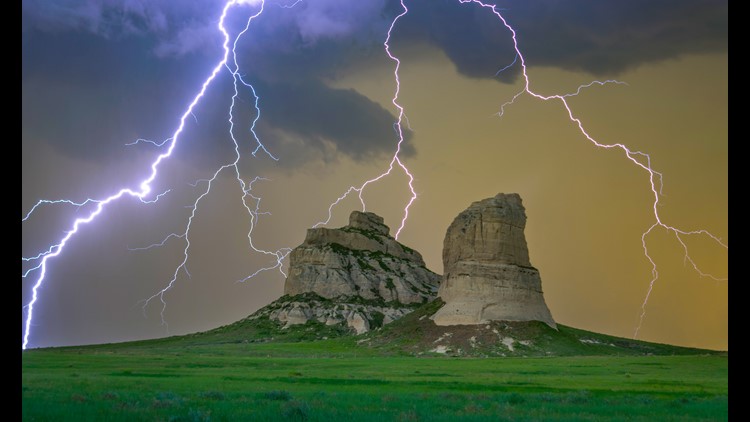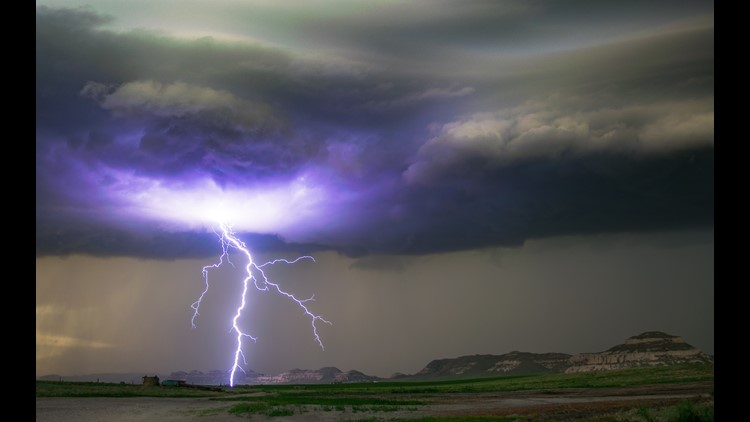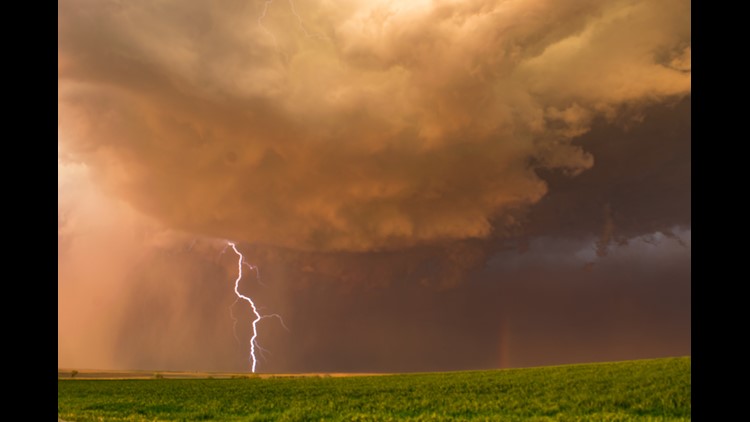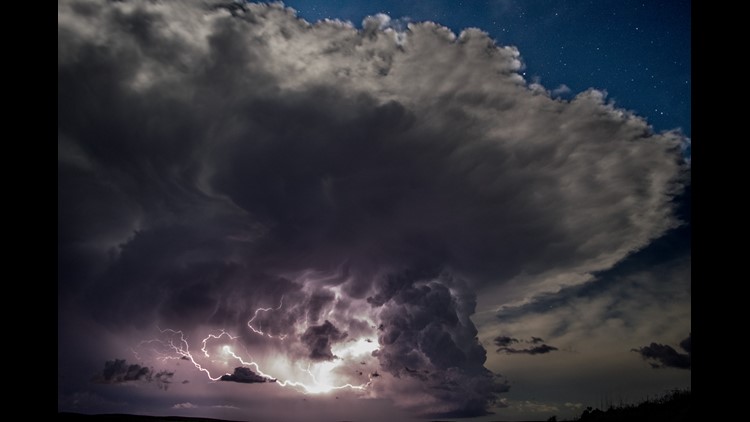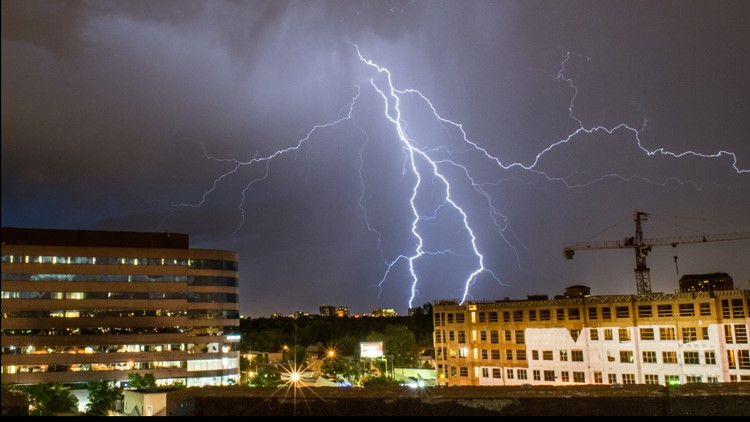LOUISVILLE, Colorado — A company that helps detect and map lightning strikes is working on a new technique that would detect 'continuing current' lightning, which is believed to be the most damaging and destructive type of lightning.
The Vaisala company, which has one of its operation centers in Louisville, Colorado, owns and operate the National Lightning Detection Network.
Sensors spread all across the US, work together to detect the electromagnetic energy from every lightning stroke.
High Plains Lightning
“Feeding that information into a central processor, and within 15 seconds we can spit out quite precisely the location and type of lightning that has occurred,” said Pearson.
Pearson said the network detects 95 to 99 percent of all cloud-to-ground lightning strokes. It can measure the peak amplitude of every bolt, and identify if it was a positive or negative charge. The only thing it can't measure yet is how long the stroke was in contact with the ground.
"When we’re measuring a lightning stroke in microseconds, milliseconds matter”
That’s why Vaisala is working on a new technique to identify what's called continuing current lighting. That type of lightning can last several tenths of a second, which is up to 1,000 times longer than a normal lighting stroke.
Pearson said that an average lightning stroke lasts 10s of microseconds and has a peak amplitude of about 15 to 30 thousand kiloamps. Some of the stronger strokes can have a peak amplitude of 300 to 500 thousand kiloamps.
"The little irony here is that continuing current lighting is far more likely in lower amplitude events," said Pearson.

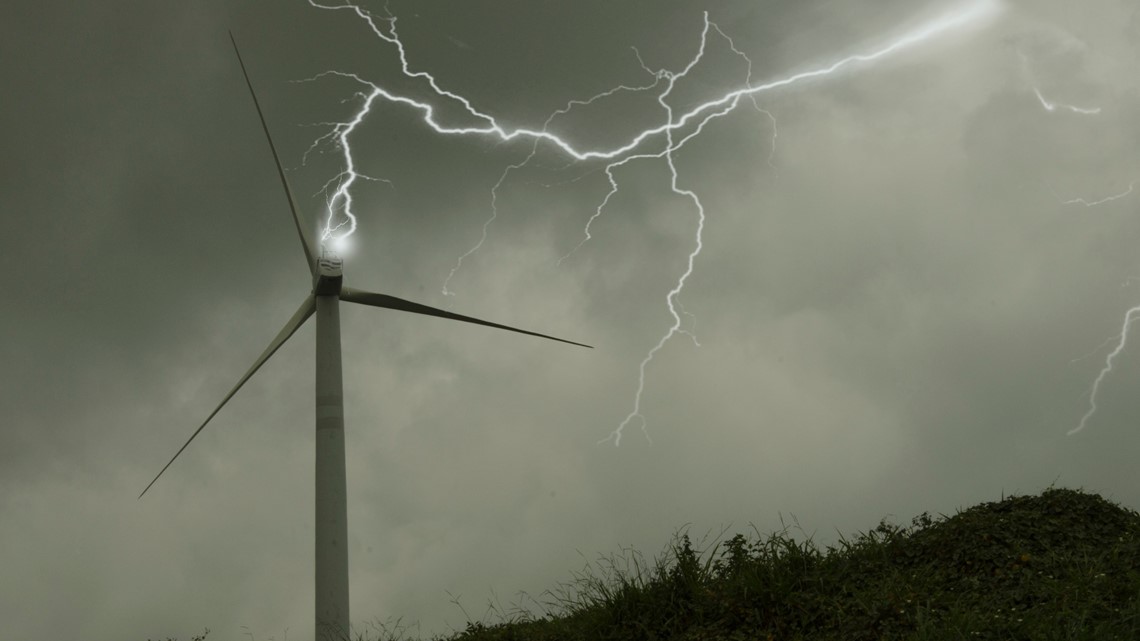
If a land management entity was able to identify a precise location where continuing current lightning occurred during a storm, they might be able to stamp out wildfires quicker.
Or if a power company could identify continuing current strikes for precise locations on their equipment, they could make repairs quicker and limit the length of outages.
"We are always searching for ways to put more value into the lightning data," said Pearson.
They couldn't give specifics on the new method just yet because the technique for detecting continuing current lightning is currently pending a patent. Pearson said it uses data from the Global Lightning Mapper on the new GOES-16 weather satellite, in combination with information gathered by their sensor network already established on the ground.
SUGGESTED VIDEOS | Science is cool

